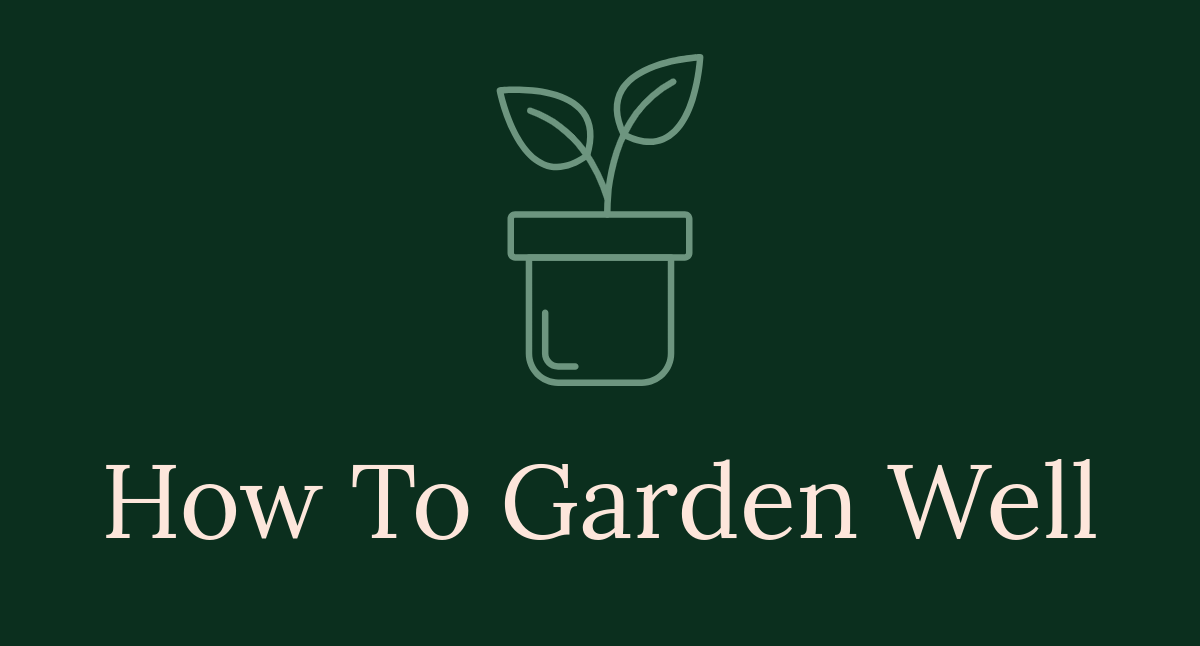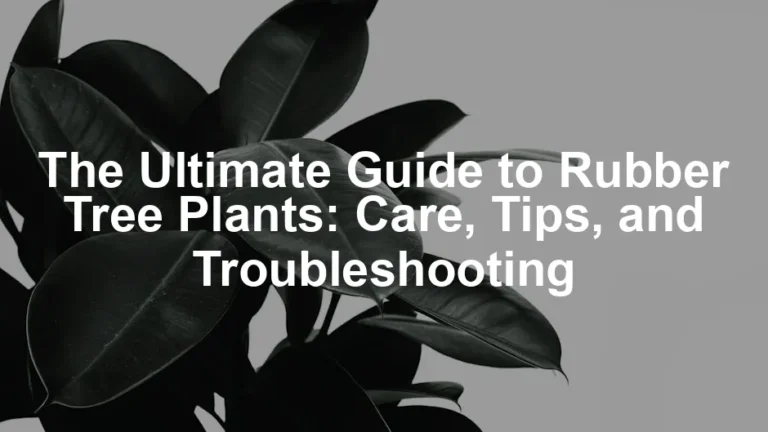

Native Plant Landscaping for Eco-Friendly Yards: A Comprehensive Guide
Introduction
In recent years, the urgency for eco-friendly living has skyrocketed. Communities are embracing sustainable landscaping solutions that beautify yards while nurturing local ecosystems. Enter native plant landscaping—a transformative approach that leverages the natural beauty and resilience of indigenous flora.
Imagine a garden bursting with vibrant colors, buzzing with pollinators, and thriving with minimal maintenance. This guide dives into the myriad benefits of native plants, practical design ideas, and tips for creating an eco-friendly yard that attracts wildlife while conserving precious resources.
Why should you consider native plants? Firstly, they require less water and fewer chemicals. Secondly, they foster a rich habitat for local birds and insects. You’ll not only create a stunning landscape but also contribute to a healthier environment. So, let’s dig into the world of native plant landscaping and discover how to cultivate an eco-friendly oasis right in your backyard!
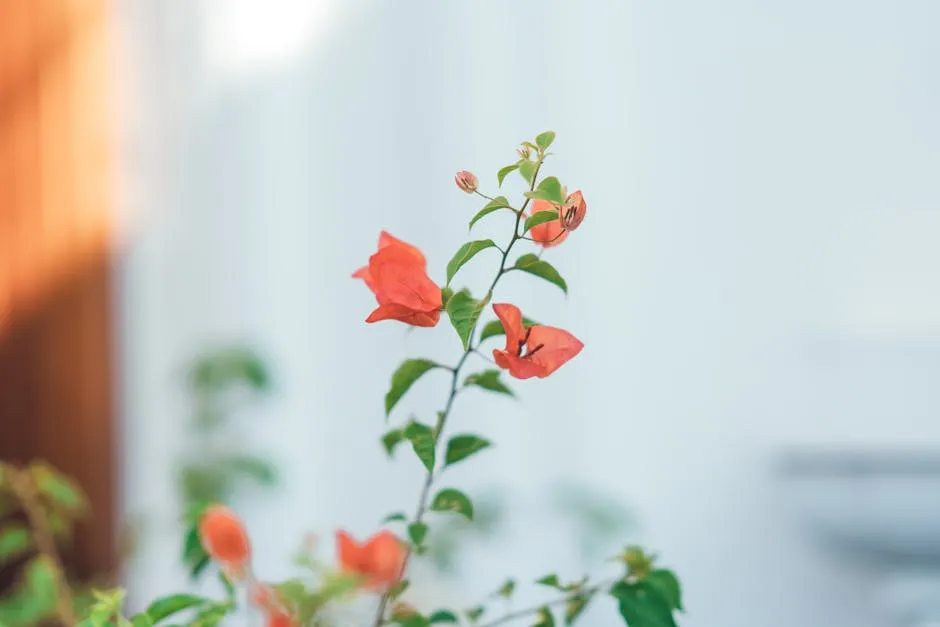
TL;DR/Summary
Native plant landscaping offers a sustainable way to enhance your yard while supporting local ecosystems. By choosing plants that are indigenous to your region, you can create a beautiful landscape that requires less water and maintenance, reduces reliance on chemical fertilizers, and fosters biodiversity. This comprehensive guide covers the benefits of native plants, design principles, maintenance tips, and resources for sourcing native flora. Whether you’re starting from scratch or transforming an existing garden, adopting these eco-friendly practices can contribute to a healthier environment.
Understanding Native Plants
What Are Native Plants?
Native plants are those species that have evolved in a specific region over thousands of years. They are perfectly adapted to local soils, climates, and ecosystems. For instance, oaks, coneflowers, and milkweeds are examples of native plants found in various regions across North America. Their deep-root systems make them resilient and drought-resistant, allowing them to thrive with minimal care.
Selecting locally adapted species is crucial. These plants are better suited to withstand local pests, diseases, and climatic variations. By planting natives, you’ll create a harmonious space that naturally supports local wildlife, from bees to birds.
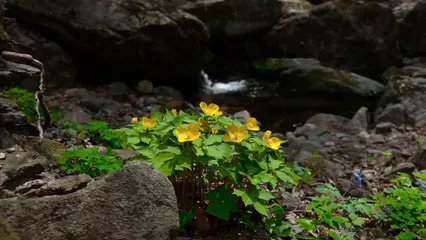
Benefits of Native Plants
Using native plants in your landscaping is a win-win for you and the environment. First, they support local wildlife and maintain biodiversity. Native flora provides essential food and habitat for birds, butterflies, and beneficial insects. In fact, one native oak can support many species of caterpillars, which are vital food sources for birds.
Second, native plants are low maintenance. They require less water and no chemical fertilizers or pesticides, making them ideal for eco-conscious gardeners. This not only saves you time and money but also protects local water quality. Plus, if you’re looking to protect your hands while gardening, consider investing in some Gardening Gloves. They’ll keep your hands safe and give you a better grip on your tools!
Finally, these plants promote water conservation. Their deep roots help reduce runoff and improve soil structure, allowing rainwater to penetrate deeply. This means less watering for you and a healthier ecosystem overall. By embracing native plants, you’ll enjoy a lush, vibrant garden while contributing to a thriving local environment.
To learn more about the types of native plants that can attract local wildlife, check out this article on the Best native plants for attracting local wildlife.

Designing Your Native Plant Landscape
Principles of Ecological Design
Creating a native plant landscape is all about harmony. Think of balance, simplicity, and unity as your guiding principles. A garden that embraces these concepts not only looks stunning but also works with nature.
Start by observing your surroundings. What natural patterns do you see? Local ecosystems offer a treasure trove of inspiration. Mimicking these patterns can enhance your design. For instance, plant species that thrive together in nature should be grouped in your garden. This approach fosters healthy ecosystems and encourages biodiversity.
By keeping your design simple, you minimize complexity. A cluttered garden can overwhelm both you and the local wildlife. Strive for unity in your plant choices. Select a color palette that reflects your region’s natural beauty, creating a cohesive visual experience.

Selecting the Right Plants
When selecting native plants, consider essential factors: soil type, light conditions, and moisture requirements. Each plant species has its unique preferences that must align with your garden’s conditions.
For soil, test its health first. Is it sandy, clayey, or loamy? This knowledge influences plant choices. Light is another critical factor. Some natives thrive in full sun, while others prefer partial shade. Understanding your garden’s microclimates will help you choose wisely.
Moisture is key too. Do you have wet spots, or is the area generally dry? Native plants are excellent at thriving in local conditions, and selecting those suited to your specific site will ensure success.
To research local native plants, resources abound. The National Wildlife Federation offers a handy Native Plant Finder. Local botanic gardens provide expert guidance and often host workshops on native landscaping.
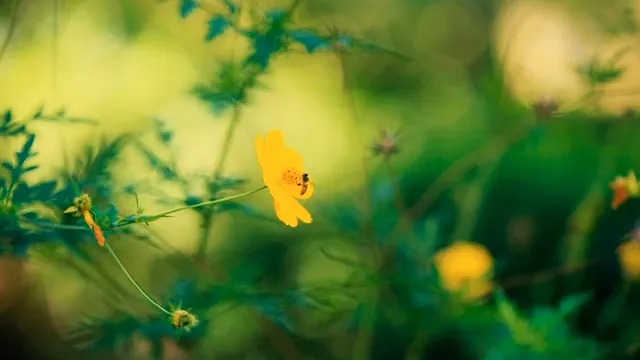
Creating Functional Spaces
Designing functional spaces makes your landscape both beautiful and practical. Start with hardscapes like paths and seating areas. They provide structure and accessibility, making your garden a welcoming retreat. Use natural materials that blend seamlessly with the environment. Think of stone, wood, and gravel to keep things rustic and organic.
One fantastic way to enhance functionality is by incorporating rain gardens. These gardens capture and filter stormwater, preventing runoff while nurturing local plants. They are designed to absorb rainfall, promoting groundwater recharge.
Select native plants with deep root systems for these gardens. They not only help manage water but also improve soil health. Examples include wildflowers like black-eyed Susans and shrubs like buttonbush. These choices ensure that your rain garden is both effective and visually appealing. Plus, don’t forget to check out a Rain Barrel to collect that precious water!
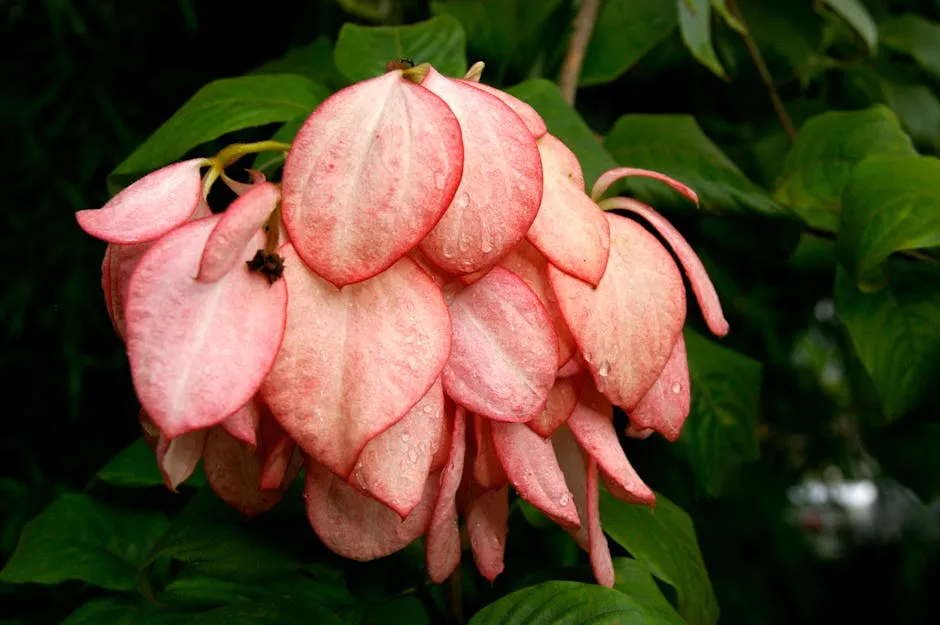
Implementation and Planting
Preparing the Site
Before planting, prepare your site properly. Start with soil preparation techniques. Testing soil health is vital. Make sure it has the right pH and nutrient levels. Adding organic matter, like Organic Compost, can enhance soil structure and fertility.
Don’t forget to remove invasive species and non-native plants. These pesky plants compete for resources and can hinder the success of your native landscaping efforts. Hand-pulling is effective for small areas, while larger patches may require more extensive removal strategies.
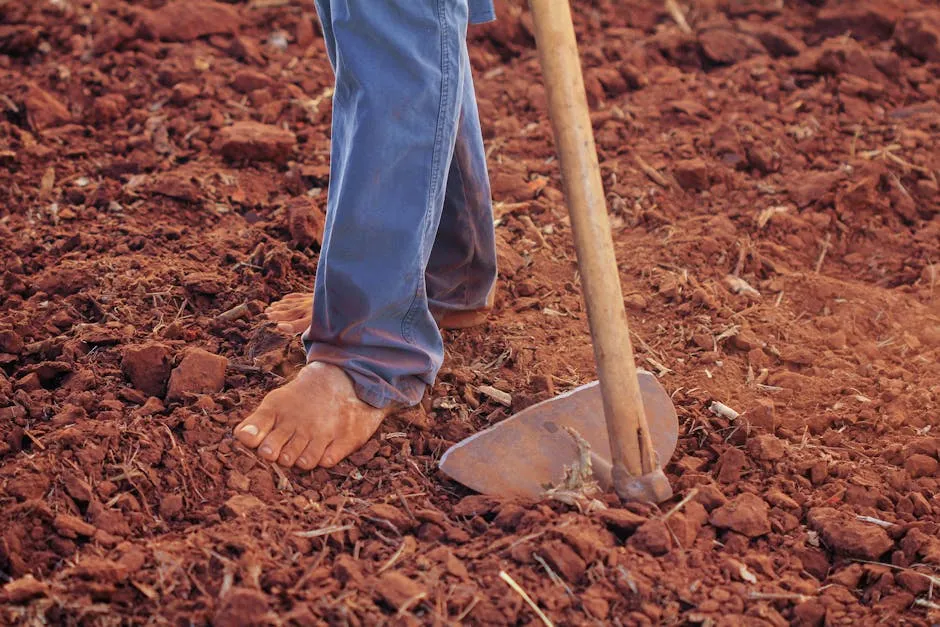
Planting Techniques
When planting native species, best practices matter. Start by planting at the right depth. Too deep or too shallow can stress roots. Group plants by similar needs. This simplifies care and ensures that they thrive together.
Consider spacing as well. Native plants often need room to grow and spread. Take into account their mature sizes to avoid overcrowding. This attention to detail promotes healthy growth and reduces competition for nutrients and water.
By following these guidelines, you can create a thriving ecosystem in your yard while enjoying the beauty and functionality of native plant landscaping. And don’t forget to keep track of your planting progress with a Garden Journal!
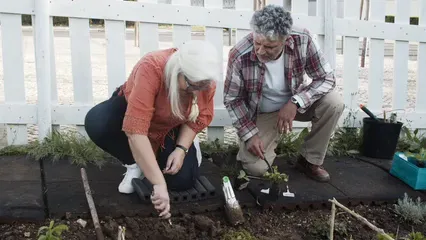
Maintenance for Eco-Friendly Yards
Seasonal Care
Maintaining an eco-friendly yard is easier than you think! Native plants thrive with minimal fuss. First, let’s talk about pruning. Yes, minimal pruning is key! It helps maintain the natural shape of your plants while keeping your garden looking tidy. Think of it as a casual trim, not a haircut.
Now, onto pests. Instead of reaching for chemical sprays, consider natural pest control methods. Invite beneficial insects like ladybugs and lacewings into your yard. They’ll do the hard work of keeping pests at bay. Plus, it’s a more harmonious approach to gardening! For effective pest management, you can explore organic pest control methods that are safe for your garden.
Utilizing organic pest control methods can help maintain a healthy environment in your garden. Learn more about organic pest control methods for your plants.
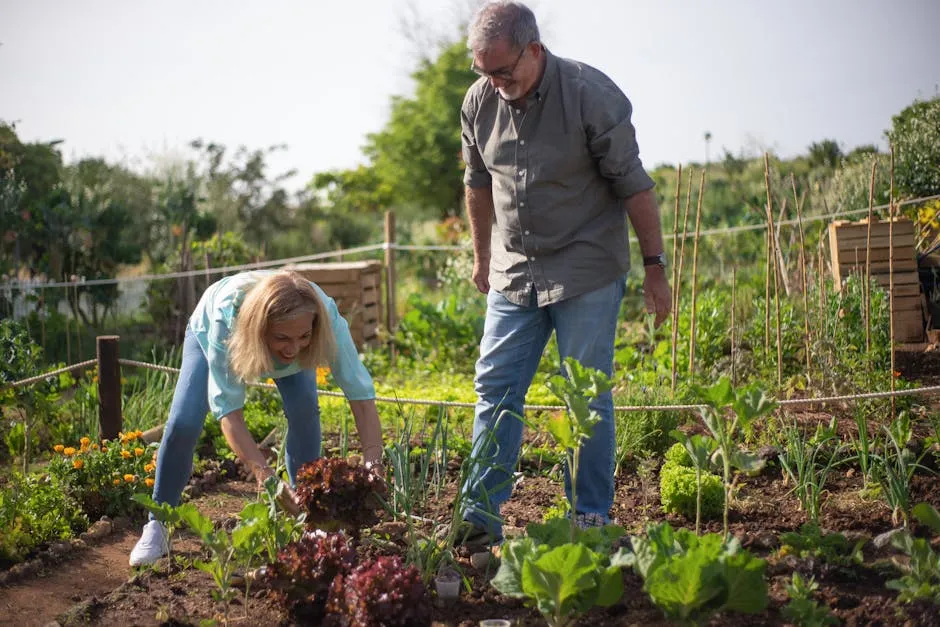
Mulching is another essential task. A good layer of mulch not only keeps weeds at bay but also maintains soil moisture. This means less watering for you! Organic mulch, like wood chips or straw, is excellent. It breaks down over time, enriching the soil. Don’t forget composting! Adding compost to your garden is like giving it a nutrient boost. It’s nature’s way of recycling. For a great option, check out this Eco-Friendly Mulch.
Water Conservation Strategies
Water is a precious resource, and conserving it should be a priority. Drip irrigation systems are a game changer! They deliver water directly to the roots of your plants. This method minimizes evaporation and runoff. It’s efficient and keeps your plants happy. If you’re considering a drip irrigation system, check out this Drip Irrigation Kit for an effortless watering solution!
Rain barrels are another fantastic way to collect water. They catch rainwater from your roof, which you can use for watering. It’s a win-win for your garden and the environment. Plus, it saves you money on your water bill!
Designing a drought-resistant landscape is also smart. Choose native plants that are naturally adapted to your local climate. These plants require less water, making them ideal for eco-friendly yards. Grouping plants with similar water needs can simplify your watering routine.

Monitoring and Adjusting
Keeping an eye on your plants is essential. Observe their growth patterns and health. If something seems off, make adjustments. Maybe they need more sunlight or a little extra water. Being proactive helps maintain a thriving garden.
Encouraging wildlife is another rewarding aspect of native landscaping. Consider adding elements like birdhouses or bee hotels. These not only provide shelter but also enhance your yard’s biodiversity. Birds will sing, bees will buzz, and your garden will come alive! Creating a welcoming environment for wildlife brings joy and adds value to your eco-friendly yard.

Common Challenges and Solutions
Addressing HOA Restrictions
Homeowners associations (HOAs) can sometimes be a hurdle. If you face restrictions, don’t fret! Start by understanding your HOA’s guidelines. Communicate your plans by explaining the benefits of native landscaping. Highlight the reduced maintenance and water conservation aspects. A well-informed HOA can be more supportive.
Consider proposing a phased approach. Gradually introducing native plants can ease concerns about changing the landscape. Having a clear plan will help. Present a layout that shows how native plants can enhance beauty while maintaining community standards.

Dealing with Pests and Diseases
Native plants are naturally resilient to local pests and diseases. However, sometimes intervention is necessary. Monitor your plants regularly for any signs of trouble. If pests appear, identify them first. Understanding the problem is half the battle!
When it comes to solutions, opt for organic methods. Natural insecticides or homemade remedies can be effective. For example, a simple soap spray can help control aphids without harming beneficial insects. Remember, the goal is to strike a balance between managing pests and protecting your garden’s health. You can also use Organic Pest Control Spray to keep those unwanted guests at bay!
By adopting these maintenance practices and addressing challenges, you can create an eco-friendly yard that thrives sustainably. Embrace the beauty of native plants and enjoy the benefits they bring to your garden and local ecosystem!

Resources for Native Plant Landscaping
Local Resources
Starting your native plant landscaping journey? Local resources can be a gardener’s best friend! First on the list are native plant nurseries. They specialize in flora suited for your region. Consider checking out places like The Growing Place, Natural Communities Native Plants, and Possibility Place. These nurseries often offer a diverse selection of plants that thrive in your local climate.
Online databases are also invaluable. The Lady Bird Johnson Wildflower Center is a fantastic resource for finding native plants. Their website allows you to search for plants based on your region, soil type, and sunlight conditions. Similarly, the National Wildlife Federation’s Native Plant Finder is a goldmine for selecting plants that support local wildlife. Using these resources ensures you choose plants that are not only beautiful but also beneficial for the environment.
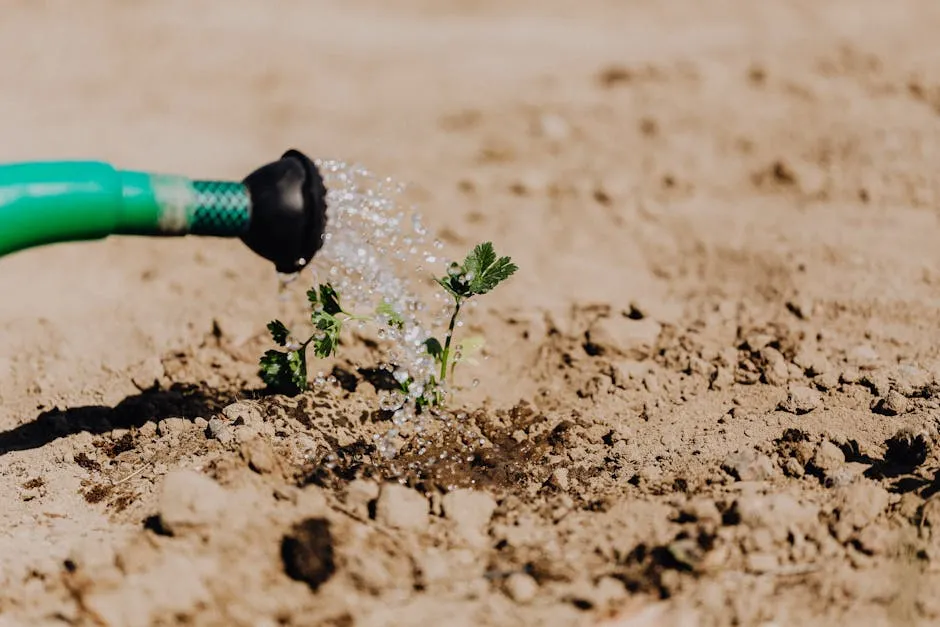
Community Involvement
Getting involved in your community can enhance your native landscaping experience. Joining local gardening clubs or conservation groups is a great way to meet like-minded enthusiasts. These clubs often host events, share tips, and even offer plant swaps. You might discover that your neighbors have the best advice and resources!
Participating in workshops and educational events is another excellent way to learn. Many local botanic gardens and conservation organizations host regular workshops on native plant landscaping. These sessions cover everything from design principles to plant care techniques. They can also provide hands-on experience, making your gardening journey even more enjoyable.
By connecting with your community, you’ll expand your knowledge and find support. Plus, you’ll make friends who share your passion for creating eco-friendly yards. Together, you can foster a landscape that not only looks good but also thrives with local wildlife. And if you’re looking for a practical way to keep your tools organized, consider a Gardening Tool Set to keep everything in check!
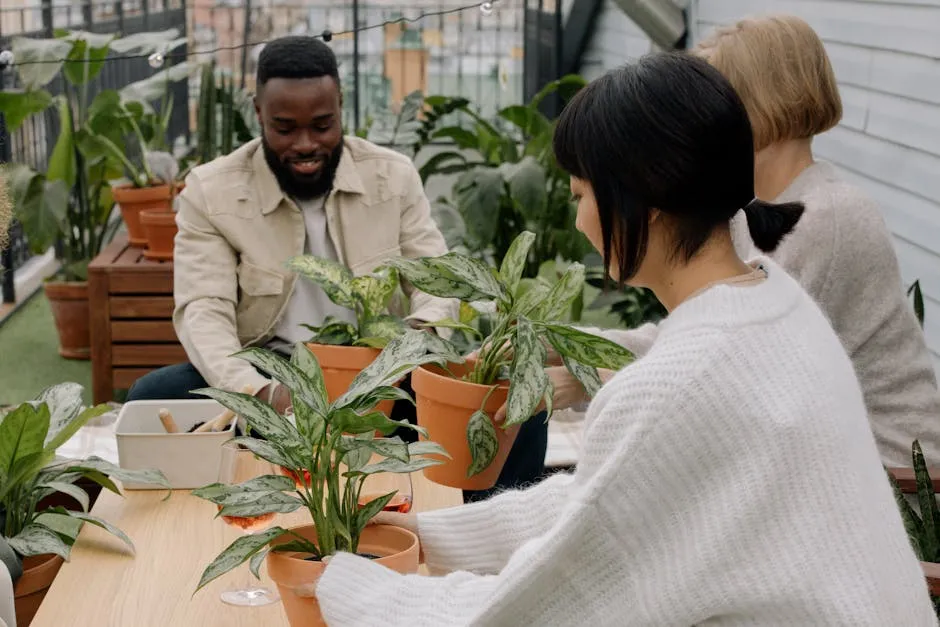
Conclusion
Native plant landscaping is a rewarding endeavor that not only enhances the aesthetic appeal of your yard but also contributes to the health of local ecosystems. By embracing the principles of sustainability and biodiversity, you can create an eco-friendly yard that supports wildlife, conserves water, and reduces maintenance efforts. As you embark on this journey, remember that every small change can have a significant impact on the environment. Choose native plants, design thoughtfully, and enjoy the beauty of a thriving, sustainable landscape. Explore your local resources, engage with your community, and watch your yard transform into a vibrant oasis that benefits both you and the planet.
FAQs
What are the best native plants for my area?
To discover the best native plants for your region, start by researching local flora. The National Wildlife Federation offers a Native Plant Finder, which helps you select plants based on your state or zip code. Local botanic gardens often have resources or workshops showcasing native species. Don’t forget to check with native plant nurseries in your area. They can provide valuable insights into what thrives locally. Remember, the right plants will adapt to your soil, climate, and wildlife needs.
How do native plants help the environment?
Native plants play a crucial role in supporting local ecosystems. They provide food and habitat for various wildlife, including birds, butterflies, and beneficial insects. Because they are adapted to the local environment, native plants require less water and no chemical fertilizers. This reduces pollution and conserves resources. Moreover, their deep root systems help prevent soil erosion and improve water quality by filtering runoff. By choosing native plants, you contribute to biodiversity and a healthier ecosystem.
Can I mix native plants with non-natives?
You can mix native and non-native plants, but proceed with caution. Native plants attract wildlife and support local ecosystems, while some non-natives may not provide the same benefits. Mixing can create a diverse landscape, but be mindful of invasive species that can outcompete natives. Non-native plants may require more water and fertilizers, which could negate some benefits of native landscaping. Always research the plants you choose to ensure they’ll coexist harmoniously in your yard.
What maintenance do native plant gardens require?
Native plant gardens are generally low-maintenance! Seasonal tasks include minimal pruning, as most natives maintain their shape naturally. Hand-pulling weeds is often sufficient, as native plants can outcompete many invasive species. Watering is typically less frequent, especially once plants are established. A good layer of mulch can help retain moisture and suppress weeds. Additionally, observe your garden for any signs of pests and manage them with natural methods. Enjoy the ease of caring for a thriving native landscape!
Are there any resources for getting started with native landscaping?
Absolutely! Numerous resources can help you kickstart your native landscaping journey. Websites like the Lady Bird Johnson Wildflower Center and the National Wildlife Federation provide valuable information on native plants and gardening techniques. Local gardening clubs and conservation groups often host workshops and provide networking opportunities. Additionally, native plant nurseries are great places to find plants and get advice. Check out resources in your area to ensure your success in creating an eco-friendly yard!
Please let us know what you think about our content by leaving a comment down below!
Thank you for reading till here 🙂
All images from Pexels
